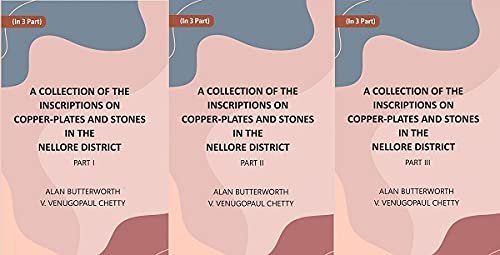
Introduction to Inscriptions
The book “The Collection of the Inscriptions” presents a comprehensive exploration of ancient inscriptions found across diverse cultures and historical periods. It introduces readers to the significance of inscriptions as valuable historical artifacts that offer insights into civilizations, languages, cultures, and social structures.
Historical Significance
This section delves into the historical importance of inscriptions, elucidating how these engraved or written texts on various materials such as stone, metal, clay, or parchment provide crucial information about rulers, religious beliefs, societal norms, and daily life in antiquity.
Compilation and Curation
The authors discuss the meticulous process of collecting and curating inscriptions. They explore the challenges involved in deciphering ancient scripts, preserving fragile materials, and creating comprehensive collections that aid scholars and enthusiasts in understanding the past.
Diversity of Inscriptions
This chapter highlights the diverse range of inscriptions discovered worldwide. It covers inscriptions from different geographical regions, including but not limited to Mesopotamia, Egypt, Greece, Rome, India, China, and Mesoamerica, showcasing the unique characteristics of each civilization’s writing systems and linguistic diversity.
Interpretation and Analysis
Here, the book delves into the methodologies used to interpret inscriptions. It discusses linguistic analysis, epigraphy, contextual studies, and interdisciplinary approaches that help unravel the meanings behind these ancient texts, shedding light on political, religious, and socio-cultural aspects of bygone eras.
Preservation and Conservation
The authors emphasize the importance of preserving and conserving inscriptions for future generations. They explore various techniques and technologies employed in restoration, conservation, and digital archiving to protect these invaluable remnants of history from decay and loss.
Contemporary Relevance
This section examines the contemporary relevance of ancient inscriptions. It discusses how insights gained from deciphering and studying these artifacts contribute not only to historical scholarship but also to understanding contemporary issues, cultural identities, and linguistic evolution.
Conclusion: Insights and Reflections
Concluding the book, the authors reflect on the significance of inscriptions as windows to the past. They summarize key findings, insights, and the enduring value of these artifacts in shaping our understanding of humanity’s collective history and heritage.
In essence, “The Collection of the Inscriptions” provides a comprehensive and insightful journey into the world of ancient inscriptions, offering readers a deeper appreciation of their historical, cultural, and scholarly significance
PREFACE
THE publication of this collection of the Stone and THE Copper-plate inscriptions of the Nellore district as it existed in 1903 has been rendered possible by the generosity of the Government of Madras under whose orders it was printed at the Government Press.
The work was undertaken in the belief that the records of a district situated as Nellore is would contain a lot of new matter of historical importance. This hope has not been realized. The great bulk of the inscriptions consists of grants to tanks and temples which are of no interest whatever and perhaps only one inscription (No. 26 of Kandukúr) can be pointed to as having a real historical motive. The collection supplies a few new historical names, mostly of only local importance, and fixes a few doubtful dates but of the condition of the country and the people in past ages it tells us nothing. In short the principal fruit of our labours is that we have saved epigraphists from wasting time on the exploration of a barren area.
GENERAL CONTENTS
Part 1
Copper-plate inscriptions
Stone inscriptions of Átmakúr Taluk –
Darsi Division
Gúdúr Taluk
Kandukúr Taluk
PART II.
Stone inscriptions of Kandukúr Taluk
Kanigiri Taluk
Kávali Taluk
Nellore Taluk
Ongole Taluk
PART III.
Stone inscriptions of Ongole Taluk
Podili Division
Rápúr Taluk
Súlúrpet (or Pólár) Division
Udayagiri Taluk
Venkatagiri Division
(I) – Notes on various dynasties
(II) – Index of dates
(III) – Tables of weights and measures
(IV) – The months
(V)- Note on territorial divisions
